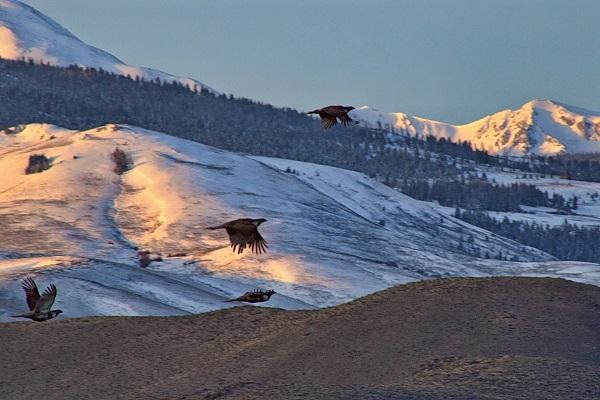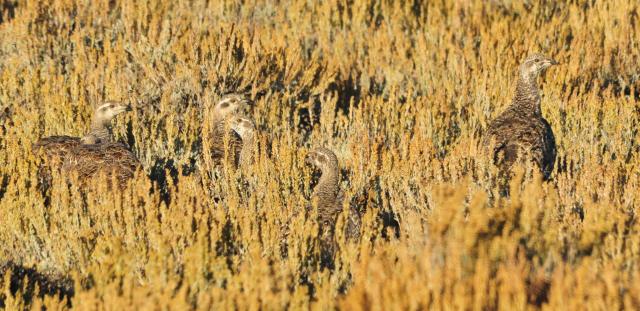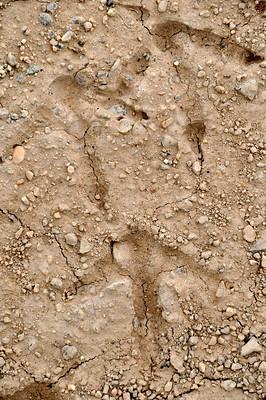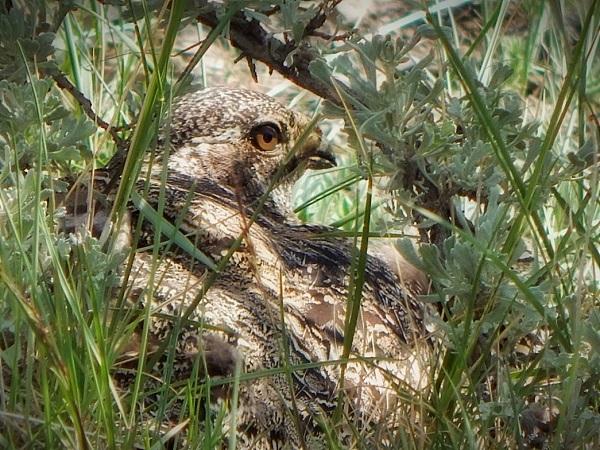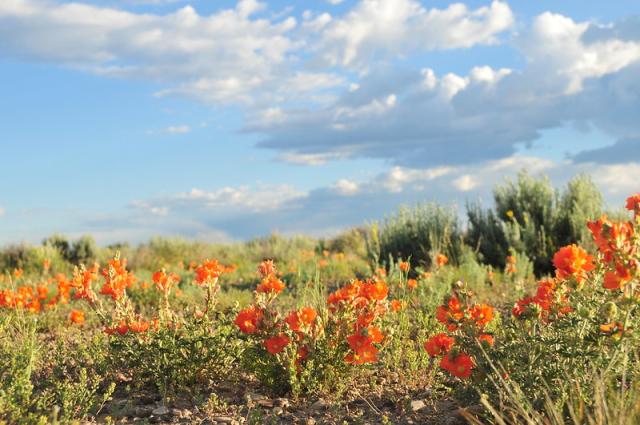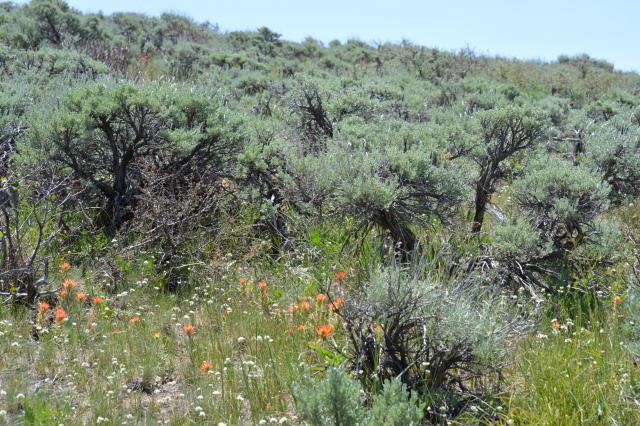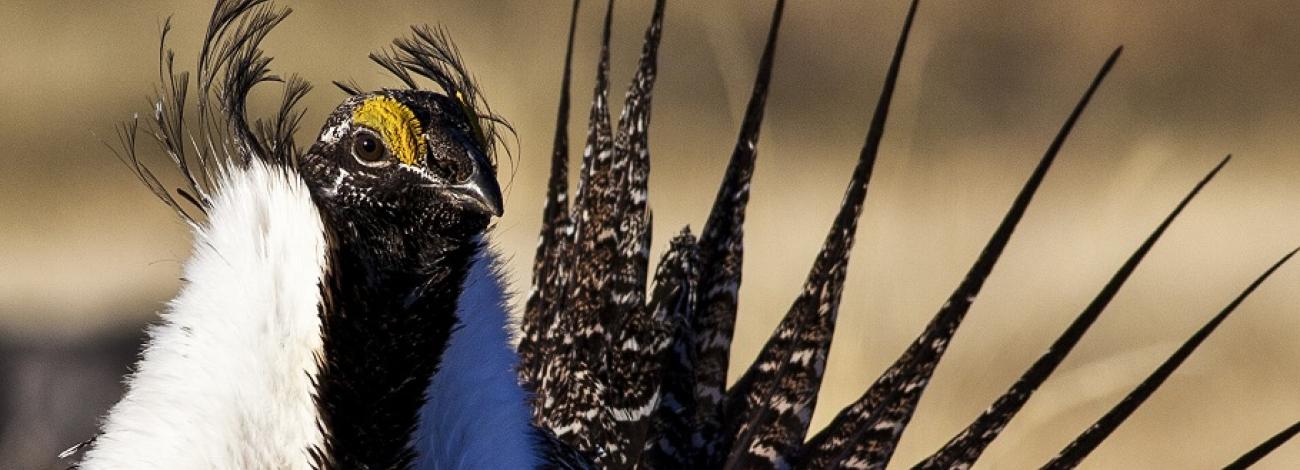
Greater Sage-grouse
The BLM manages the largest single share of greater sage-grouse habitat in the United States – nearly 67 million of 145 million acres total. These same lands sustain Western rural economies built on outdoor recreation, ranching, farming, energy development and small businesses, and are critical for more than 350 other wildlife species – including pronghorn, mule deer and the pygmy rabbit. They are also the headwaters for the West's major river systems.
For decades, federal, state and private land managers have worked to conserve and restore the sagebrush ecosystem, with federal agencies managing habitat on the lands whose surface they administer and states managing and monitoring wildlife populations.
Moving forward to conserve habitat
The greater sage-grouse is in sharp decline. Populations once in the millions now number fewer than 800,000, largely due to habitat loss exacerbated by climate change effects, such as drought, increasing wildfires and the spread of invasive species.
We have announced a proposal to strengthen greater sage-grouse protections on public lands, informed by the best-available science and input from local, state and federal partners. Alternatives for updating our sage-grouse habitat management plans build on the most successful components if the plans that were adopted in 2015 and revised in 2019.
The draft environmental impact statement which analyzes the potential effects of six proposed alternatives opened for public comment on March 15, 2024. The comment period will end on June 13, 2024.
Read and comment on the Draft EIS
Even as we engage in planning, the BLM continues to invest in habitat treatments, to restore critical areas and make remaining habitat more resilient to various stressors and threats.
In addition, we continue analyzing the environmental effects of withdrawing sagebrush focal areas (SFAs) from mineral location and entry using continued engagement with stakeholders and the best available science.

